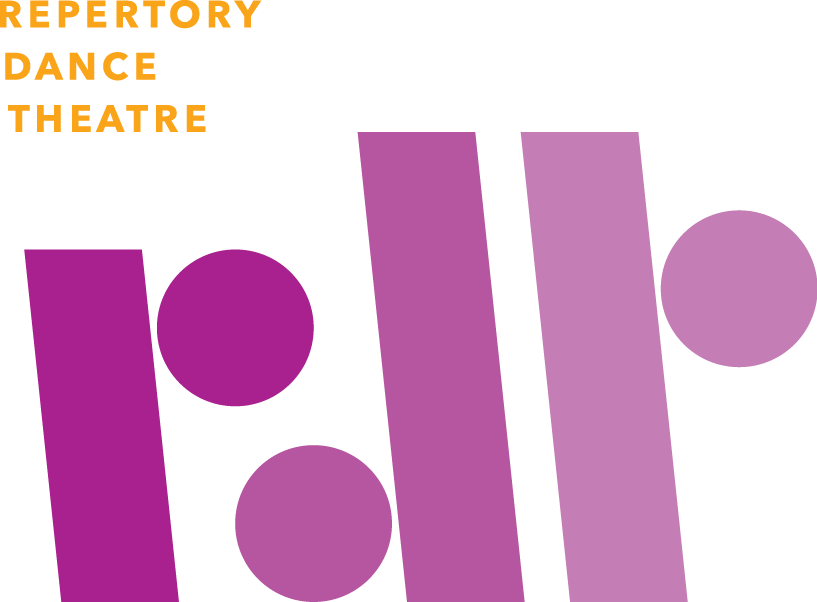Students will explore the life cycle of Wilson's Phalarope, a bird that lives at the Great Salt Lake.
Learning Objectives/Goals
Use descriptive words to define how a bird's shape and size change throughout its life cycle and create a movement sequence that displays those changes. Creation of patterns, improvisation, energy qualities, recall movement sequences, teamwork
Materials Needed
Open space, drum, photographs of Wilson's Phalarope, map of migration patterns
Introduction
Establish class goals and expectations. Ask who knows what a Wilson's Phalarope is? You will probably get a variety of answers! It is a bird that lives at the Great Salt Lake!
Warm-Up
Have students spread out in the space. Using the words: round, soft and wide, have students explore in movement. Round walks, soft jumps, wide runs...Then add size. What would a small round shape look like? What would a large soft leap look like? Add different speeds and/or pathways.
Investigate
Introduce the Wilson's Phalarope by showing photos of different stages of it's life cycle: egg, chick, juvenile, and adult. Notice the differences. What activities take place during each life stage? Make a list of of the qualities of each stage and the activities.
Create
Create a movement for each life stage based on the list that was created. Connect the movements into a pattern that students can repeat.
Reflect
Perform the patterns with some music and ask for comments about what students observed in the movements that relate to the photos they were shown earlier.
Extension to the Lesson
Explore the idea of migration. Traveling from one point to another during certain times of the year. Migration is also a pattern. Show the migration map for the Wilson's Phalarope and discuss the repetition of this pattern each year. Create a map in the room. Establish cardinal directions, landmass landmarks and begin to trace the migration pattern with movement! Adding in the life cycle stages along the way.
Follow-up Resources
Great Salt Lake Bird Refuge

